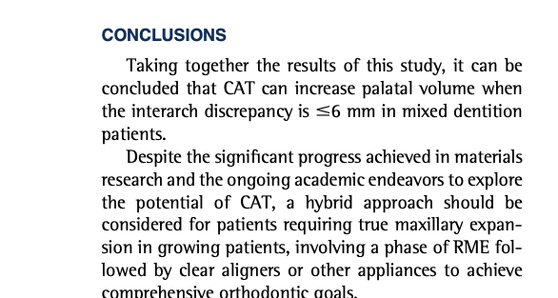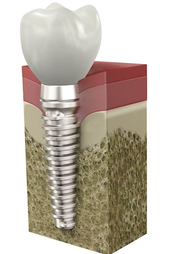In the field of pediatric orthodontics, a topic of great interest is the possibility of influencing the transverse growth of the upper jaw in young children, up to 8-9 years old. During this phase, the midpalatal suture is still immature and can be opened using light, continuous forces. It has been hypothesized that intermittent forces, such as those exerted by Invisalign clear aligners, may be sufficient to achieve transverse expansion of the upper jaw in this age group.
In our study, patients with an average age of 8.48 ± 1.42 years (in the group treated with clear aligners) and 7.83 ± 1.19 years (in the group treated with rapid maxillary expanders) include a significant portion of subjects with an immature midpalatal suture. Despite the potential for a skeletal response, the primary effect of devices promoting palatal expansion tends to be mainly dentoalveolar.
In patients without posterior crossbite, the treatment of maxillary transverse deficiency (mild/moderate narrow palate) must consider the dental effects, and it would be ideal to limit the expansion to the anterior region of the arch and combine this expansion with controlled movement of the upper first molars.
In this context, Invisalign clear aligners offer a significant advantage, as they allow simultaneous control of all the teeth in the maxillary arch, ensuring proper management of the upper molars in all spatial planes and providing targeted expansion in the anterior region when necessary.
If you want to explore further, here is access to the published article in the American Journal of Orthodontics and Dentofacial Orthopedics, one of the world's most important specialized journals.












